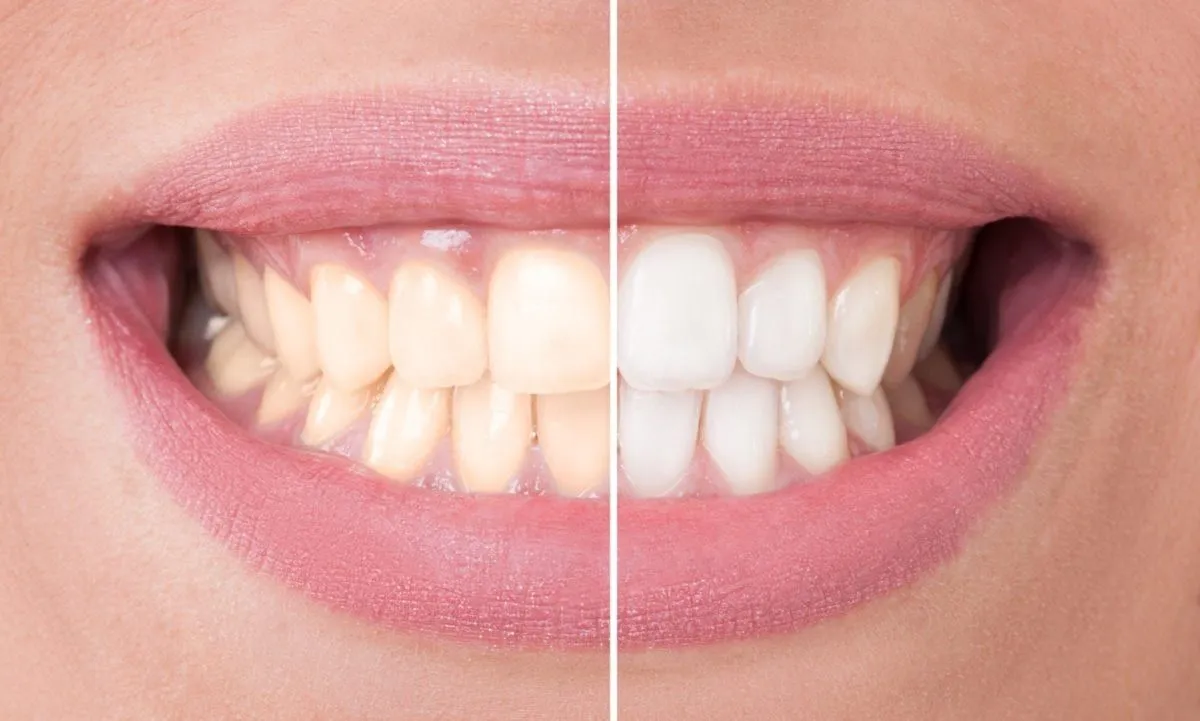A radiant, white smile is often associated with youth, health, and attractiveness. Deep teeth whitening has become a popular cosmetic dental procedure for individuals seeking to enhance their smiles and boost their confidence. This comprehensive guide will delve into the science behind deep teeth whitening, explore various methods, and provide insights on how to achieve and maintain optimal results. Uncover the secrets to unlocking a brighter, more confident smile and learn about the best practices in the industry. This guide will offer you everything you need to know, from the basics of tooth discoloration to advanced whitening techniques.
The Science Behind Deep Teeth Whitening
Understanding the science behind teeth whitening is crucial for appreciating the process and making informed decisions. Teeth appear white due to the reflection and scattering of light by the enamel. Discoloration occurs when staining agents, such as pigments from food, drinks, and tobacco, penetrate the enamel and dentin layers of the teeth. The goal of teeth whitening is to remove these stains and restore the natural whiteness of the teeth. Whitening agents, typically containing hydrogen peroxide or carbamide peroxide, break down the stain molecules, making them less visible and resulting in a brighter smile. The effectiveness of the process depends on the concentration of the whitening agent, the duration of application, and the type and severity of the stains.
Understanding Tooth Discoloration
Tooth discoloration can stem from various factors, and understanding these causes is vital to determining the most effective whitening approach. Stains are categorized into two main types: extrinsic and intrinsic. Extrinsic stains affect the enamel’s surface, while intrinsic stains originate from within the tooth structure. The approach to whitening often differs based on the type of stain and its severity. Identifying the cause is key to selecting the appropriate treatment method and achieving the desired results. This knowledge empowers individuals to make informed decisions and manage their expectations throughout the whitening process.
Extrinsic vs Intrinsic Stains
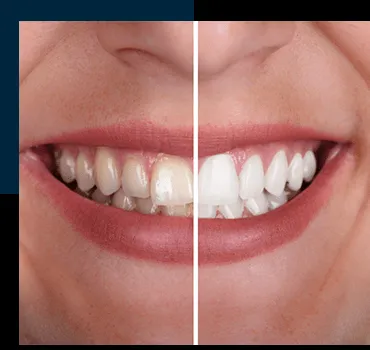
Extrinsic stains are those that develop on the surface of the teeth. They are usually caused by external factors such as food, drinks, and tobacco products. Common culprits include coffee, tea, red wine, berries, and smoking. These stains can often be removed with professional cleaning, over-the-counter whitening products, or at-home remedies. Intrinsic stains, on the other hand, originate from within the tooth structure. They can be caused by factors like aging, trauma, certain medications (such as tetracycline), excessive fluoride exposure, and genetic predispositions. Intrinsic stains are typically more challenging to remove and often require professional whitening treatments for effective results. The distinction between extrinsic and intrinsic stains is vital for selecting the right treatment to achieve your desired results. (tooth-discoloration.webp)
Causes of Tooth Discoloration
Tooth discoloration can stem from a variety of factors, encompassing lifestyle choices, medical conditions, and even the natural aging process. Dietary habits play a significant role, with pigmented foods and beverages like coffee, tea, red wine, and berries contributing to staining. Tobacco use, whether smoking or chewing, is a major cause of discoloration. Certain medical treatments, such as chemotherapy and radiation, can impact tooth color. Furthermore, aging naturally causes teeth to darken as the enamel wears down and the dentin becomes more visible. Dental trauma or injury, like a fall, can also lead to internal staining. Genetics also play a role; some individuals are predisposed to darker teeth. (deep-teeth-whitening.webp) Addressing and understanding these underlying causes is essential for developing a comprehensive whitening strategy.
Deep Teeth Whitening Methods
Various deep teeth whitening methods are available, ranging from professional treatments to over-the-counter products. The best method depends on the type and severity of the stains, individual preferences, and budget. Professional treatments, such as in-office whitening, offer the most dramatic results in a shorter timeframe, while at-home options provide more convenience and affordability. Combining professional and at-home methods can also be an effective strategy for achieving and maintaining optimal results. Understanding the pros and cons of each method allows you to make an informed decision and choose the approach that best suits your needs and goals. Different methods involve different concentrations of whitening agents and application durations.
Professional Teeth Whitening Treatments
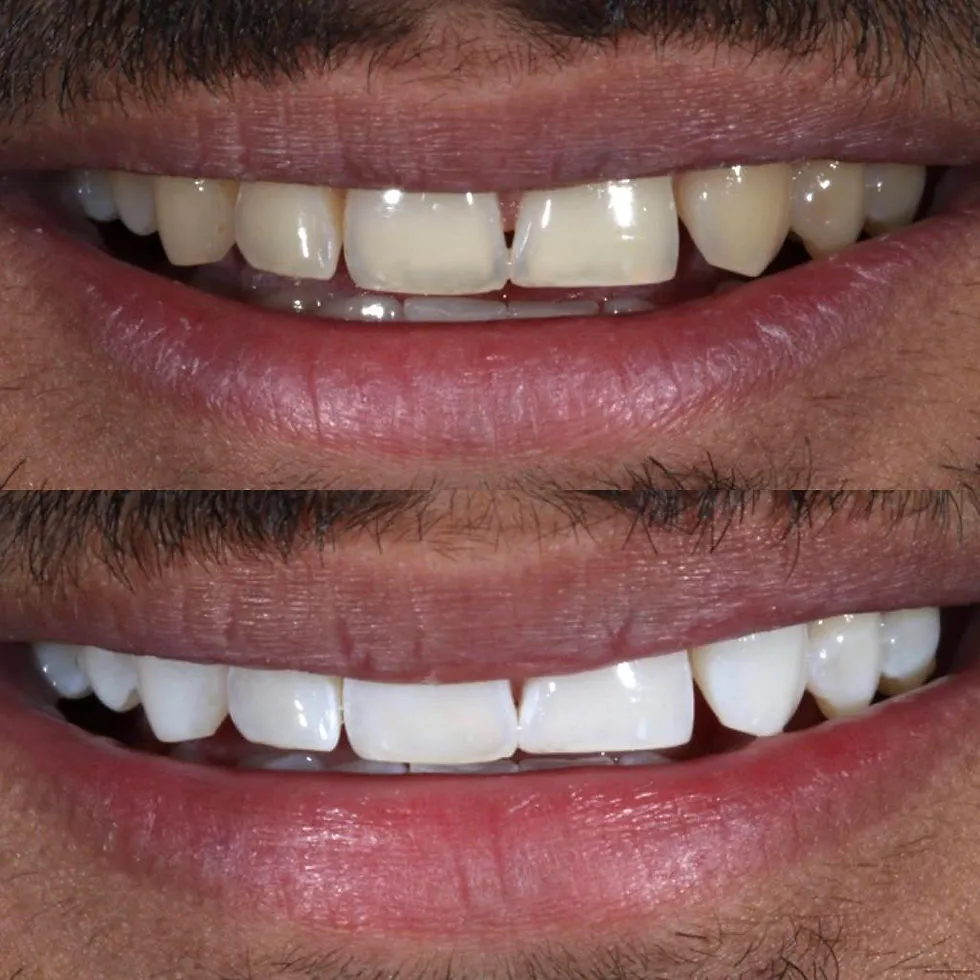
Professional teeth whitening treatments, performed by dentists, offer the most effective and fastest results. These treatments utilize high-concentration bleaching agents to break down stubborn stains and significantly lighten the teeth. Professional whitening is often the preferred choice for individuals with severe discoloration or those seeking immediate results. The process involves a thorough examination and cleaning, followed by the application of a whitening gel to the teeth. The gel is then activated using a special light or laser, which accelerates the whitening process. This process is closely monitored by a dental professional to ensure safety and minimize any potential side effects. Professional treatments are usually more expensive than at-home options, but they offer superior results and the expertise of a trained professional. (professional-teeth-whitening.webp)
In-Office Whitening Procedures
In-office whitening procedures are a popular choice for those seeking immediate and dramatic results. The dentist will first examine your teeth to determine the best course of action. The procedure typically begins with a thorough cleaning to remove any surface stains and debris. A high-concentration whitening gel, containing hydrogen peroxide, is then applied to the teeth. To enhance the whitening process, a special light or laser is used to activate the gel. This light helps to break down the stain molecules more rapidly. The entire procedure usually takes about one hour, and multiple sessions may be needed depending on the severity of the staining and the desired level of whiteness. In-office whitening is a safe and effective way to achieve a significantly brighter smile under the supervision of a dental professional. (in-office-whitening.webp)
At-Home Whitening Kits
At-home whitening kits provide a convenient and more affordable option for teeth whitening. These kits typically include custom-fitted trays, whitening gel, and instructions for use. The whitening gel usually contains a lower concentration of hydrogen peroxide or carbamide peroxide compared to professional treatments, making it safer for unsupervised use. The process involves filling the trays with the gel and wearing them for a specified amount of time each day or night, depending on the product instructions. Results can vary, but most people see noticeable improvements within a few weeks. It’s essential to follow the instructions carefully and consult your dentist before using an at-home whitening kit to ensure it’s appropriate for your specific needs and dental health. (at-home-whitening.webp)
Whitening Toothpastes and Rinses
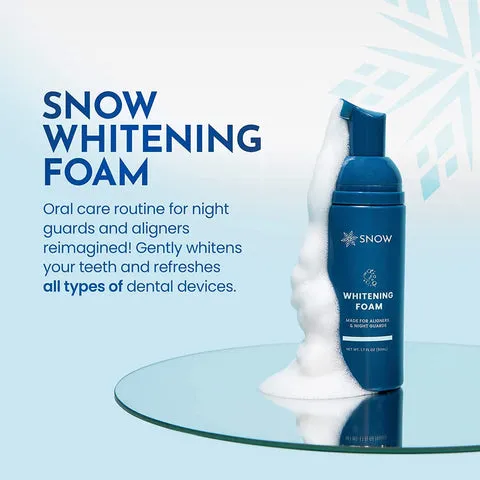
Whitening toothpastes and rinses are a popular and accessible option for maintaining a brighter smile. These products contain mild abrasives and chemical agents that help remove surface stains. While they are effective at removing extrinsic stains, they generally do not have the power to lighten the teeth significantly. Whitening toothpastes can contain ingredients like hydrated silica, which gently scrubs the teeth, and peroxide compounds to help with stain removal. Whitening mouthwashes typically contain hydrogen peroxide or other whitening agents. While they can contribute to a brighter appearance, they are less effective than professional treatments or at-home whitening kits. Incorporating whitening toothpastes and rinses into your daily oral hygiene routine can help maintain a brighter smile and prevent future staining. (whitening-toothpaste.webp)
Ingredients to Look For
When choosing whitening products, it’s essential to understand the key ingredients that contribute to their effectiveness. Hydrogen peroxide is a primary whitening agent commonly found in professional treatments and some at-home kits. Carbamide peroxide is another popular ingredient, which breaks down into hydrogen peroxide and urea. Whitening toothpastes often contain mild abrasives like hydrated silica, which help remove surface stains. Other ingredients to consider include fluoride, which strengthens the enamel, and potassium nitrate, which helps reduce tooth sensitivity. Always follow product instructions and consult with a dentist to determine the best products for your specific needs and dental health. This will ensure the most effective and safe results. Furthermore, look for products that are ADA-approved.
Achieving Optimal Results
Achieving optimal results with deep teeth whitening involves careful preparation, proper technique, and adherence to post-whitening care instructions. It’s crucial to consult with your dentist to determine the best whitening method for your specific needs and dental health. Preparing your teeth properly, avoiding common mistakes, and following post-whitening care instructions are all key to maximizing the effectiveness of the whitening treatment and maintaining a bright, healthy smile. Understanding the entire process, from preparation to maintenance, allows you to achieve your desired results and maintain them for a long time. This holistic approach ensures you get the most out of your deep teeth whitening experience.
Preparing Your Teeth
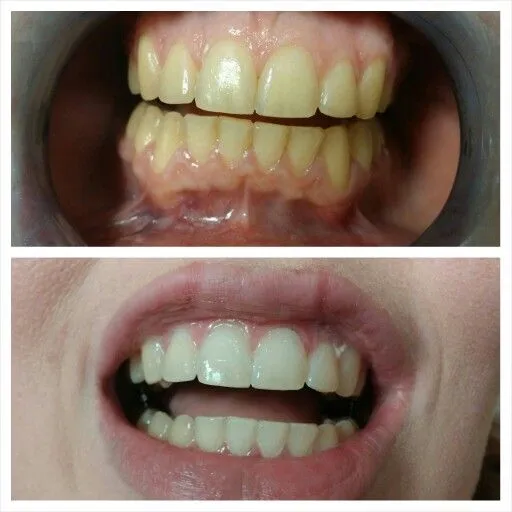
Before undergoing any teeth whitening treatment, proper preparation is crucial for optimizing results. This typically involves a comprehensive dental examination to identify and address any underlying issues, such as cavities or gum disease. Your dentist may recommend a professional cleaning to remove plaque and tartar, which can interfere with the whitening process. It’s also essential to discuss your expectations and any potential sensitivities with your dentist. For at-home whitening, ensure your trays fit properly to prevent gum irritation and ensure even coverage. Following these preparatory steps ensures that the whitening treatment is effective and safe, and also helps you achieve the best possible results. This initial consultation is critical for a successful teeth whitening journey.
Avoiding Common Mistakes
Avoiding common mistakes can significantly improve the outcome of your teeth whitening treatment. Overuse of whitening products can lead to tooth sensitivity and gum irritation. Failing to follow instructions can also lead to unsatisfactory results. It is critical to avoid consuming staining foods and drinks, such as coffee, tea, and red wine, immediately after whitening. Smoking and tobacco use should also be avoided, as they can rapidly re-stain the teeth. Using too much whitening gel in at-home trays can cause the gel to leak onto the gums, leading to irritation. It’s also important to be patient, as results may not be immediate. By avoiding these common mistakes, you can maximize the effectiveness of your whitening treatment and maintain a beautiful, bright smile. (white-smile.webp)
Maintaining Your White Smile
Maintaining your white smile is an ongoing process that requires consistent care and attention. Proper oral hygiene, including regular brushing, flossing, and dental check-ups, is essential for preventing future staining and maintaining the results of your whitening treatment. Avoiding or limiting the consumption of staining foods and drinks, such as coffee, tea, and red wine, can also help. Touch-up treatments may be needed periodically to keep your teeth looking their best. Following your dentist’s recommendations and adopting a proactive approach to oral care will help you enjoy a bright, confident smile for years to come. Regular follow-up appointments are key to a successful, long-lasting bright smile.
Post-Whitening Care
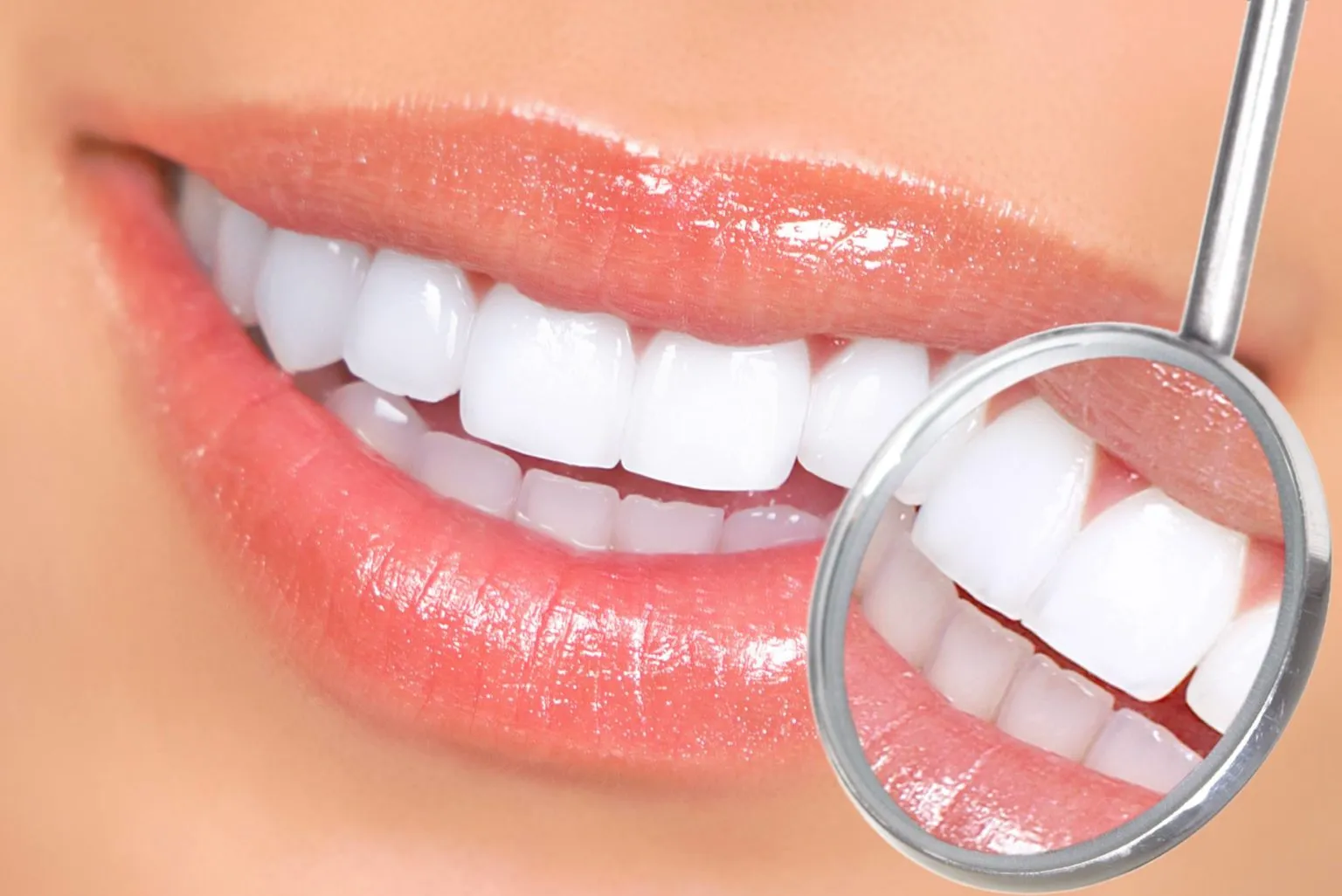
Following post-whitening care instructions is crucial for maximizing the longevity of your results and preventing future staining. Avoid consuming highly pigmented foods and beverages, such as coffee, tea, red wine, and berries, for at least 24-48 hours after your treatment. Refrain from smoking and using tobacco products, as they can quickly re-stain the teeth. Practice good oral hygiene, brushing at least twice a day and flossing daily. Using a whitening toothpaste can help maintain your results, but be sure to consult with your dentist about the best products. Regular dental check-ups and professional cleanings are also essential for maintaining a bright, healthy smile. (deep-teeth-whitening.webp) Proper post-whitening care is essential for protecting your investment.
Dietary Considerations
Your diet plays a significant role in maintaining a white smile. Certain foods and drinks can stain your teeth, while others can help keep them bright. After a teeth whitening treatment, it’s essential to avoid or limit the consumption of staining substances like coffee, tea, red wine, berries, and dark sauces. Choose foods that promote oral health, such as crunchy fruits and vegetables, which can help clean your teeth. Drink plenty of water to rinse away food particles and bacteria. Consider incorporating calcium-rich foods, such as dairy products, to strengthen your teeth. Being mindful of your dietary choices can significantly contribute to maintaining your bright, healthy smile and prolonging the effects of your teeth whitening treatment.
In conclusion, deep teeth whitening can significantly transform your smile, boosting your confidence and enhancing your overall appearance. By understanding the science behind the process, exploring the various methods available, and following proper preparation and maintenance guidelines, you can achieve and maintain a brighter, more radiant smile. Remember to consult with your dentist to determine the best whitening option for your specific needs and oral health. With the right approach and commitment to care, you can unlock the secret to a dazzling, long-lasting white smile. Take control of your smile and embrace the journey to a brighter, more confident you.
